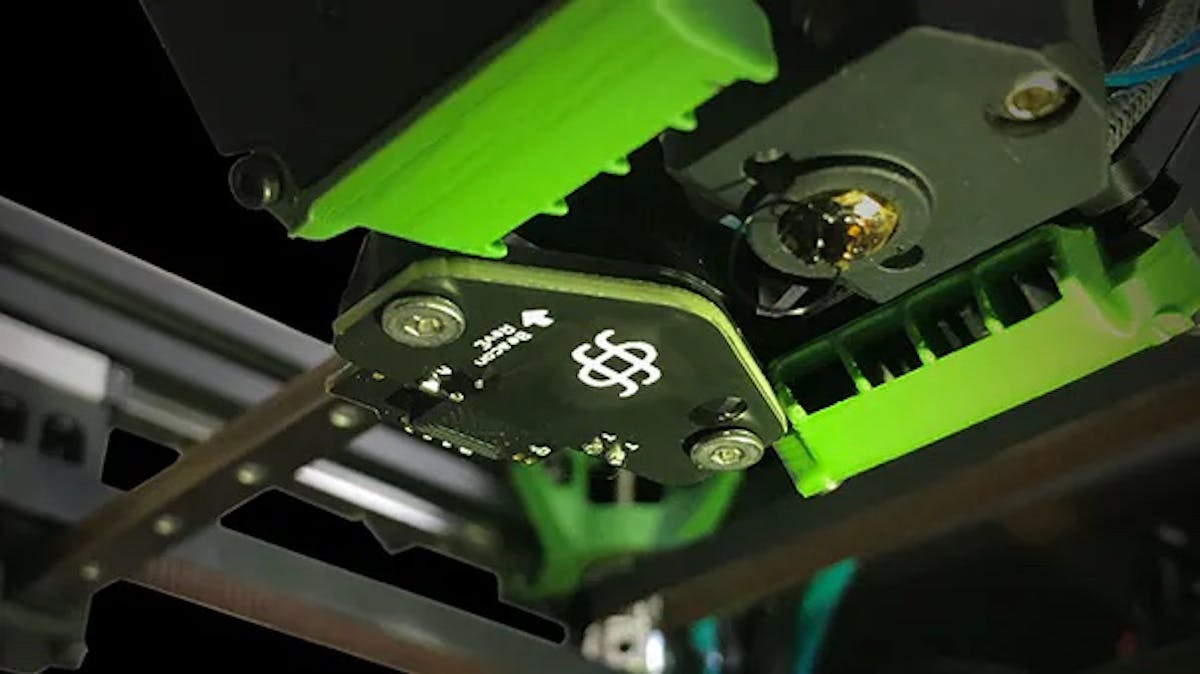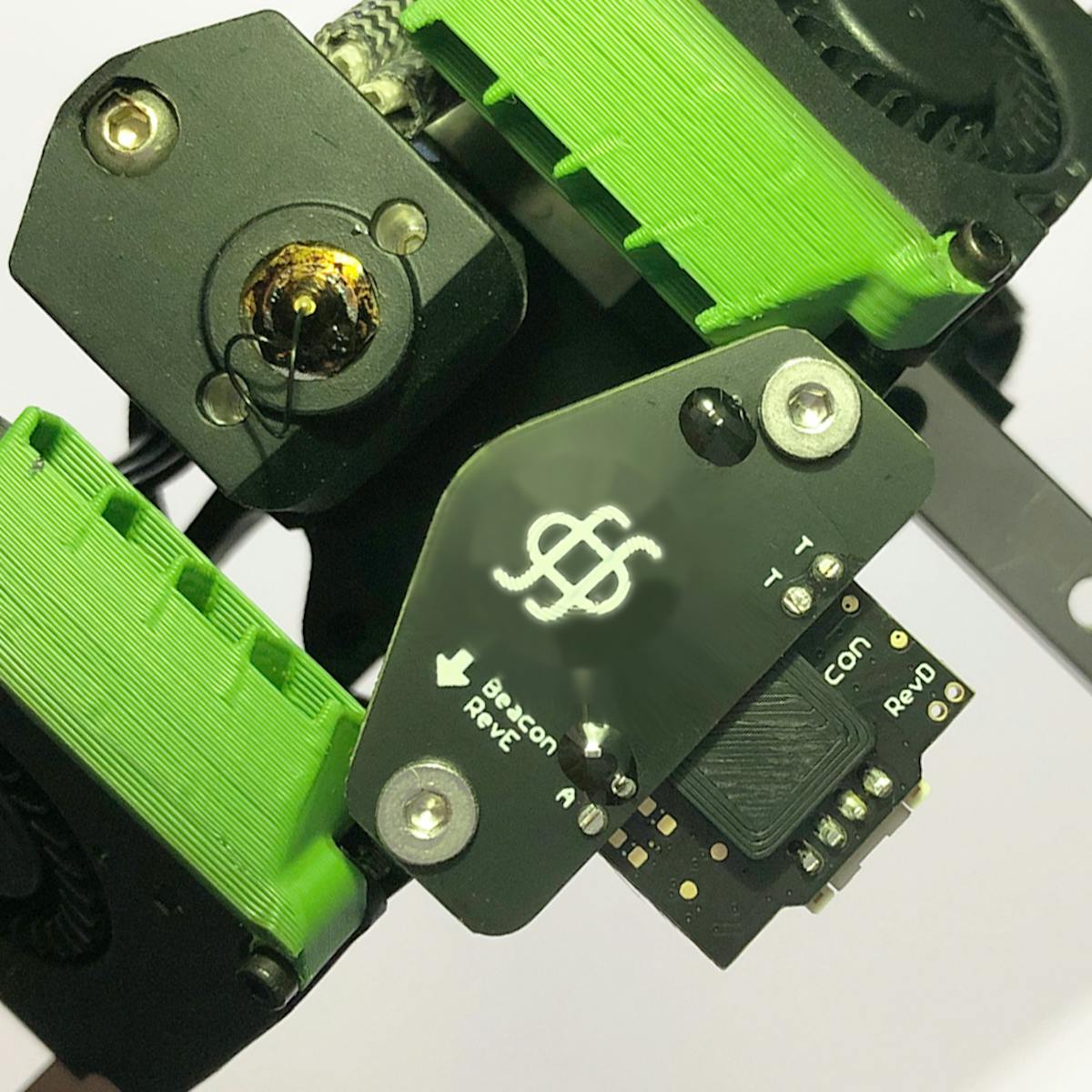You Can Now Get 10,000 Points When Mesh Leveling Your 3D Printer Bed
The new Beacon Surface Scanner gives you 10,000 mesh bed leveling points for better results.

When 3D printing, your first layer is the most important. If that layer is bad, then there is a very good chance that the print will fail. If that layer is good, then the print will likely succeed unless you did something very wrong with your slicer settings. Mesh bed leveling is a popular technique for modern 3D printers to learn the flatness of the bed so they can compensate for warping or tilt to get a good first layer. Traditional mesh bed leveling hardware will probe somewhere between five and 25 points, but the new Beacon Surface Scanner gives you 10,000 points for better results.

Those additional points are beneficial because they let the printer better understand the true shape of the bed. Nothing in reality is ever perfect, so even the flattest beds have some variation. That variation presents has a difference in distance between the nozzle and the bed from one point to another, which results in an uneven first layer. Mesh bed leveling allows the printer to compensate by either tilting the bed, adjusting the Z axis during a layer, or both. But if you only probe nine points, then the printer may not "see" some of the variation in the bed and won't be able to compensate. By gathering data on 10,000 points, you get a high-resolution height map of the bed and that lets the printer compensate very well.
Probing 10,000 points with a conventional probe could easily take 8 hours and is therefore impractical. But the Beacon Surface Scanner can poll all of those points faster than a regular probe can check 16 points. It is so efficient because it can scan the entire bed continuously and doesn't have to pause at each point. That's because it emits a magnetic field and senses the resulting magnetic eddies that flow through the bed. Those eddies differ based on the distance between the Beacon and the bed. It checks area, not individual points and that means that it can detect variations as it moves across the bed without stopping. The printer's controller then processes the sensor readings to generate a height map.
To take advantage of the Beacon Surface Scanner, you will need a 3D printer running Klipper. The hardware comes in the form of a PCB with three different connector orientations to suit different extruder bodies. Because this is a new product, you will probably need to design your own mount to attach the Beacon Surface Scanner to your extruder. Right now, the Beacon Surface Scanner costs $79.99, which is reasonable when compared to high-quality probes that don't come close to providing this kind of resolution.
Writer for Hackster News. Proud husband and dog dad. Maker and serial hobbyist. Check out my YouTube channel: Serial Hobbyism


